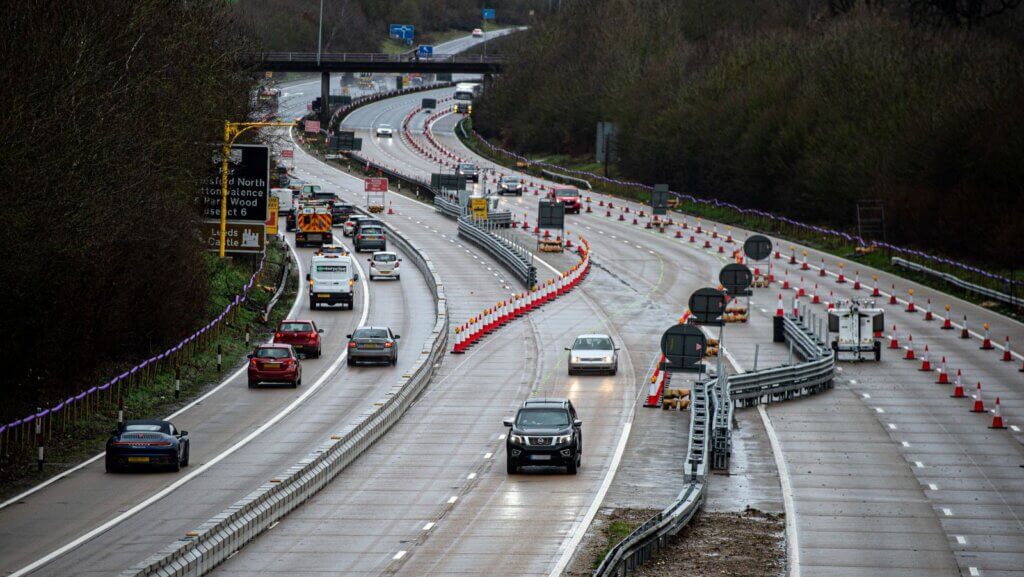In a statement, Kent Resilience Forum and Kent County council explained that its move will allow National Highways to resume essential safety works to permanently relocate the barrier that forms the coastbound contraflow at the heart of Operation Brock, between Junctions 8 (Maidstone) and 9 (Ashford), from the hard shoulder to the central reservation.
Commenting on the end of a long-stint of Operation Brock, Simon Jones, Kent Resilience Forum Strategic Lead, said:
“KRF partners promised our residents, businesses and hauliers we would keep the use of Brock under continual review and remove it as soon as it was practical to do so. With the half-term and Jubilee holidays now coming to an end we are able to safely deliver on our pledge. Our county is a major gateway to Europe and cross-Channel traffic levels have returned to pre-pandemic levels. We will continue to work together and use traffic management, our current best available option, to do everything we can to keeping Kent moving, and open for business, and communities protected from the worst impacts of disruption. As always, I thank everyone for their continued patience.”
The statement also revealed that barrier relocation works, including an extensive drainage upgrade for the central reservation for the 13-mile stretch between Junctions 8 and 9, plus new signage, are set to continue at least until early next year. The current 50mph speed limit will also stay in place on both carriageways.
Nicola Bell, Highways England Regional Director, also commented as follows:
“Storing the moveable barrier on the M20 London-bound hard shoulder was only a temporary measure. Moving the structure to the central reservation will allow the hard shoulder between Ashford and Maidstone to be reinstated to its original width.”
Photo © Copyright David Dixon and licensed for reuse under this Creative Commons Licence









